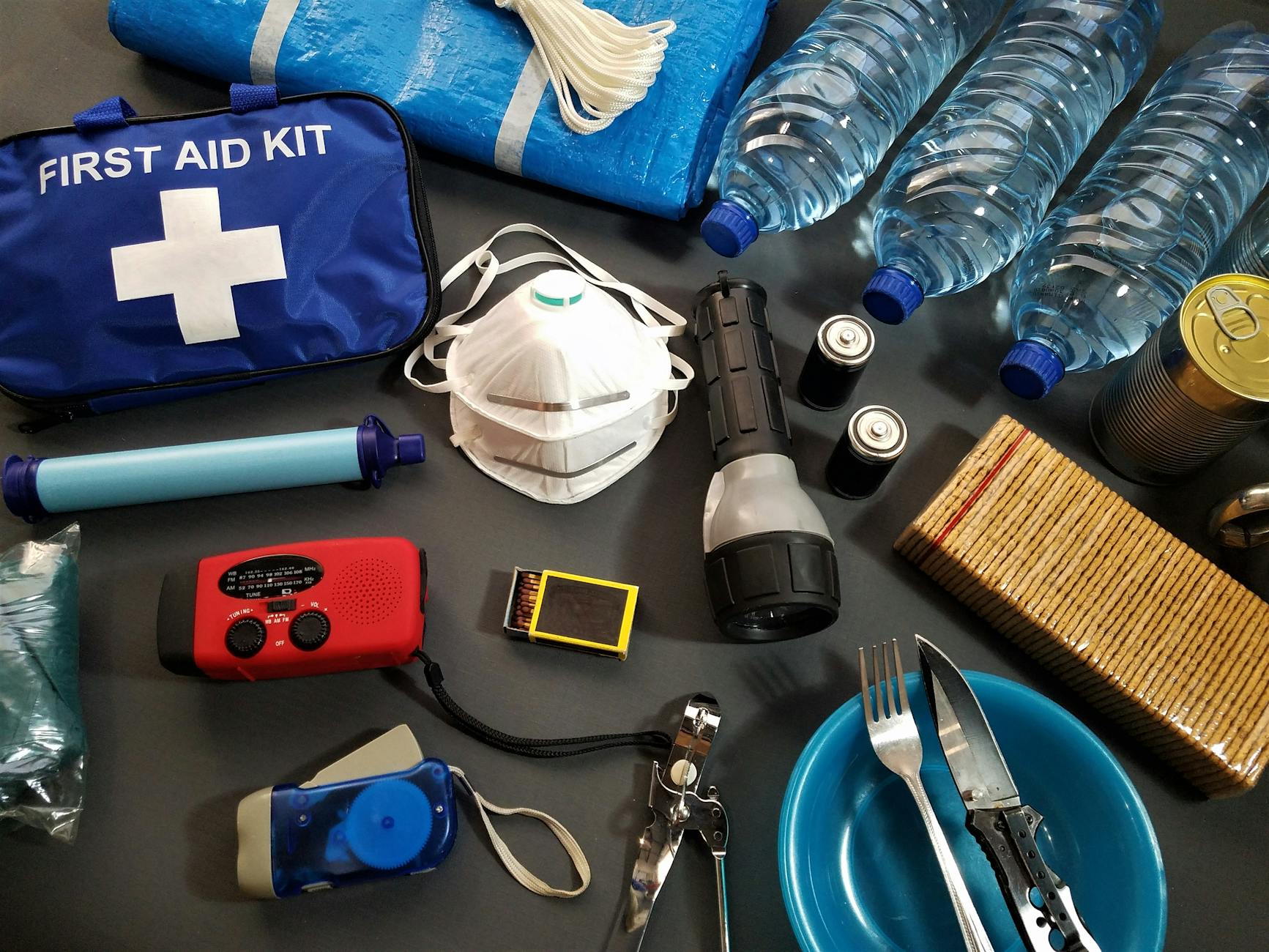When it comes to being prepared for unexpected emergencies, a well-stocked first aid kit is your best ally. Whether you’re at home, in the car, or out adventuring, having the right supplies on hand can make all the difference. So, let’s explore the 10 vital items that all first aidkits should include. Trust me, you’ll thank yourself later for having these essentials ready to go.
1. Adhesive Bandages
We all know that cuts and scrapes are inevitable. Adhesive bandages, often referred to as plasters, are a must-have for covering minor wounds. They help protect the area from dirt and bacteria, promoting faster healing. Ensure you have a variety of sizes to accommodate different types of injuries.
2. Antiseptic Wipes and Creams
Cleaning a wound is crucial to prevent infection. Antiseptic wipes and creams are perfect for this job. They can effectively kill germs and reduce the risk of infection. Remember, a clean wound is a happy wound.
3. Sterile Gauze Pads and Tape
For larger cuts or wounds that might need more than just a plaster, sterile gauze pads are essential. They help absorb blood and fluids, keeping the wound clean and dry. Pair them with medical tape to secure the gauze in place.
4. Tweezers
Tweezers are indispensable for removing splinters, glass shards, or any other small foreign objects from the skin. Make sure they have a good grip and are sterilised before use to avoid introducing bacteria into the wound.
5. Scissors
You never know when you might need to cut through clothing, tape, or gauze. A small pair of sharp, clean scissors will make your life easier during an emergency. They are essential for tailoring your first aid supplies to fit the specific need.
6. Pain Relievers
Over-the-counter pain relievers such as paracetamol or ibuprofen are handy for relieving pain and reducing inflammation. They’re particularly useful for headaches, muscle aches, or minor injuries. Just make sure to follow the dosage instructions carefully.
7. Instant Cold Packs
Sprains, strains, and bruises are common injuries that benefit from the immediate application of cold. Instant cold packs can reduce swelling and numb pain quickly. They are especially useful when you don’t have access to ice or a freezer.
8. Elastic Bandages
Elastic bandages, commonly known as crepe bandages, provide support and compression for sprains and strains. They help reduce swelling and stabilise injured joints or muscles, aiding in the healing process. Make sure you know how to properly wrap an injury to avoid causing further damage.
9. Safety Pins
These little tools can be a lifesaver. Safety pins are versatile and can be used to secure bandages, slings, or even to hold clothing together in a pinch. They’re small but mighty, so keep a few in your kit.
10. First Aid Manual
Having a first aid manual in your kit is like having a mini medical guidebook. In a stressful situation, it’s easy to forget what to do. A manual provides step-by-step instructions for various emergencies, ensuring you can handle the situation calmly and effectively.
Building a Complete First Aid Kit
Now that we’ve covered the 10 vital items, let’s talk about putting it all together. A comprehensive first aid kit isn’t just about having the right supplies; it’s also about organising them in a way that’s accessible and efficient.
Choose the Right Container
Opt for a sturdy, waterproof container to keep your first aid supplies safe and dry. Something with compartments is ideal for organising different items, making it easy to find what you need quickly.
Regularly Check and Replenish
Your first aid kit is only useful if it’s up to date. Make a habit of checking the contents regularly, replacing expired medications, and restocking used items. It’s also a good idea to refresh your knowledge by reading through the first aid manual occasionally.
Extra Tips for Specific Situations
Depending on your lifestyle, you might want to tailor your first aid kit for specific situations. Here are a few ideas:
For the Outdoors Enthusiast
- Bug Spray and Bite Cream – Protect against insect bites and soothe any that occur.
- Sunscreen – Prevent sunburn during your outdoor adventures.
- Emergency Blanket – Stay warm if you get caught out in the cold.
For Families with Young Children
- Child-Friendly Bandages – Fun designs can make dealing with cuts less scary.
- Thermometer – Keep an eye on fevers with ease.
- Calamine Lotion – Soothe itchy skin from rashes or bites.
For Office or Workplace
- Burn Cream – Treat minor burns from office accidents.
- Eye Wash – Handy for flushing out any irritants from the eyes.
- CPR Face Shield – Ensure safety during CPR administration.
Keeping Your First Aid Skills Sharp
Having a well-stocked first aid kit is fantastic, but knowing how to use it is equally important. Consider taking a first aid course to brush up on your skills. Many organisations offer training that covers a wide range of scenarios, from basic wound care to CPR. Being confident in your ability to handle an emergency can make all the difference.
Wrapping Up
A first aid kit is a small investment that pays off in peace of mind and preparedness. By ensuring you have these 10 vital items, you’ll be ready to handle minor injuries and emergencies with confidence. So, take a moment today to check your first aid kit or start building one. Future you will be grateful for the foresight and care. Remember, accidents happen when we least expect them. Having a well-stocked first aid kit ensures you’re never caught off guard. Stay safe, stay prepared, and keep your loved ones protected.

